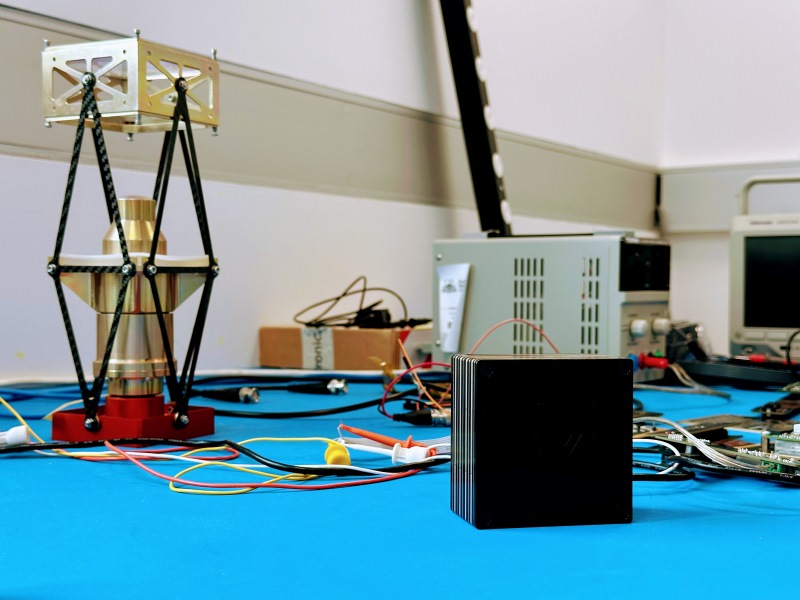A cutting-edge space camera is being developed in a new university research and industry tie-up that could deliver a “first mover” advantage into global supply chains, after the federal government abandoned its Earth observation program.
The Australian National University (ANU) is developing the multi-sensor camera in partnership with Leonardo, Spiral Blue, and Nominal Systems in one of the early tests of the Trailblazer university model.
The new camera uses leading industry sensors and computers with ANU developed processors to capture the Earth’s surface through clouds, transmitting data at high speeds with artificial intelligence software optimising the process.
The turnkey solution has potential for Defence and environmental monitoring, while the development also aims to create a pipeline of PhD graduates moving into industry.

The group has been brought together by the space-focused iLAuNCH Trailblazer that opened with $50 million in federal funding and added another $130 million in partner commitments last year.
Six Trailblazers up are now up and running under the research commercialisation action plan launched in 2022 by the Morrison government, which had also made space a national industry priority.
A $1.2 billion program to develop a sovereign earth observation capability was dumped by the Albanese government last year in favour of procuring the capability through foreign controlled satellites.
It elicited anger from the local space sector and raised concerns about the government’s commitment to developing it.
But the iLAuNCH Trailblazer, which was locked in in 2022, has continued and its newest project is being developed with domestic manufacturing and a spot in global supply chains in mind.
“This partnership will bring first mover advantage to Australian industry and ANU, which is set to deliver a commercially viable product for future satellites,” iLAuNCH Trailblazer executive director, Darin Lovett said.
“iLAuNCH is bringing together best in class technology that will help detect environmental changes, with translation opportunities to defence include Space Domain Awareness and missile guidance, as well as establishing an export market in partnership with Leonardo UK.”
The project includes detectors from Leonardo capable of seeing the earth’s surface through clouds, the ANU-developed processor behind them, a Spiral Blue edge processing platform and integration by Nominal Systems to offer a “fully integrated plug and play space camera”.
“This program is a great example of technology developed for a very specific, astronomy focused, problem which we can transition to a wider market,” ANU Advanced Instrumentation Technology Centre Professor Robert Sharp said.
Do you know more? Contact James Riley via Email.

